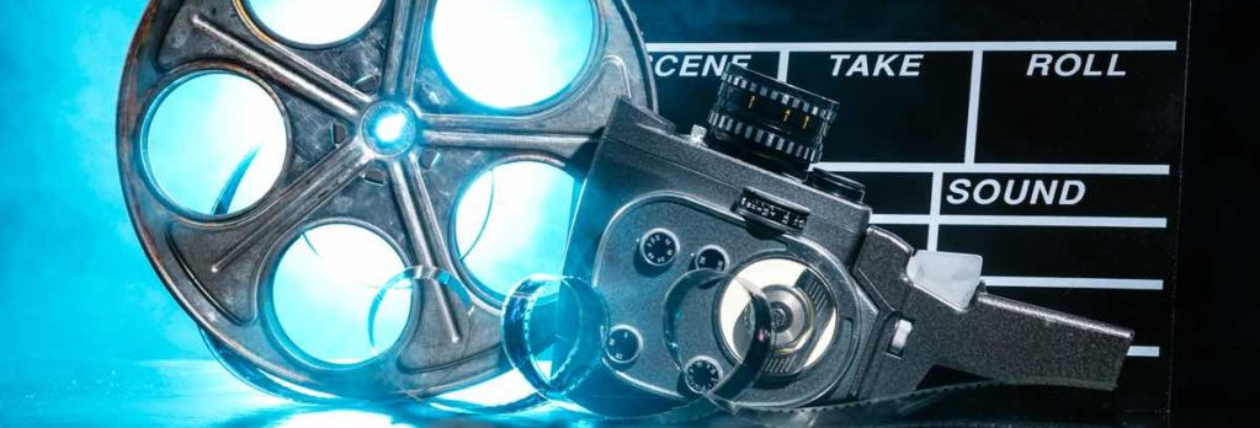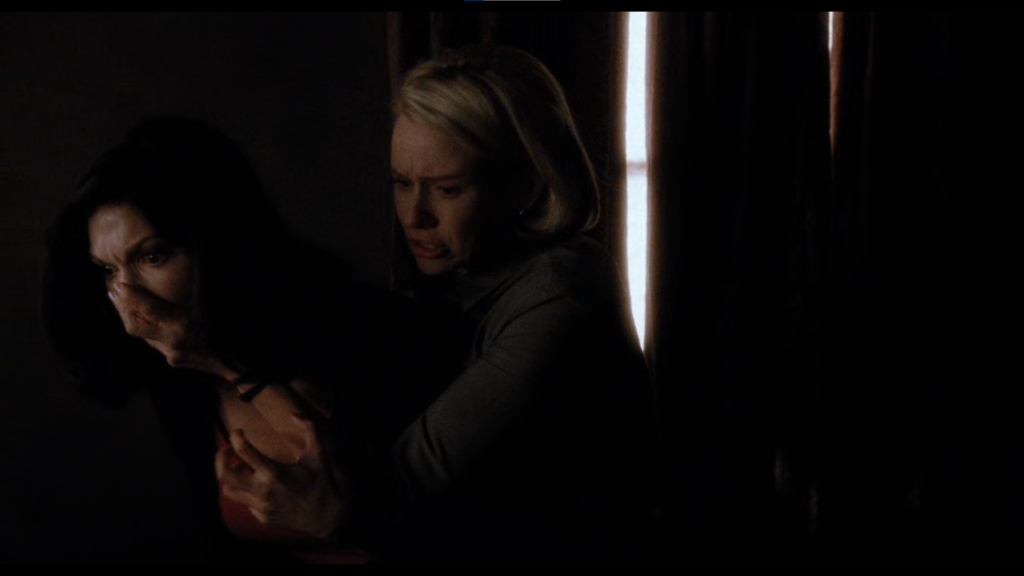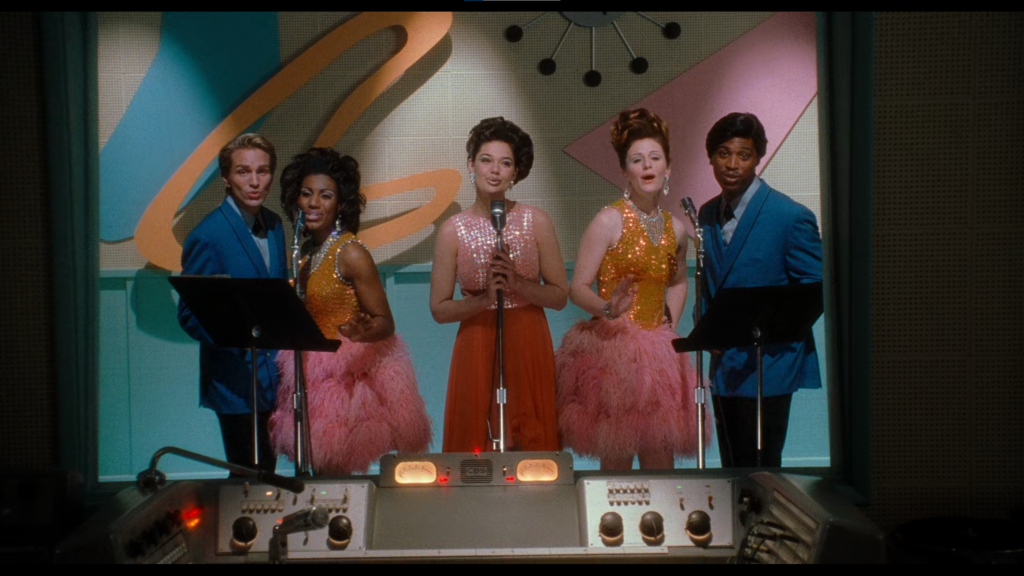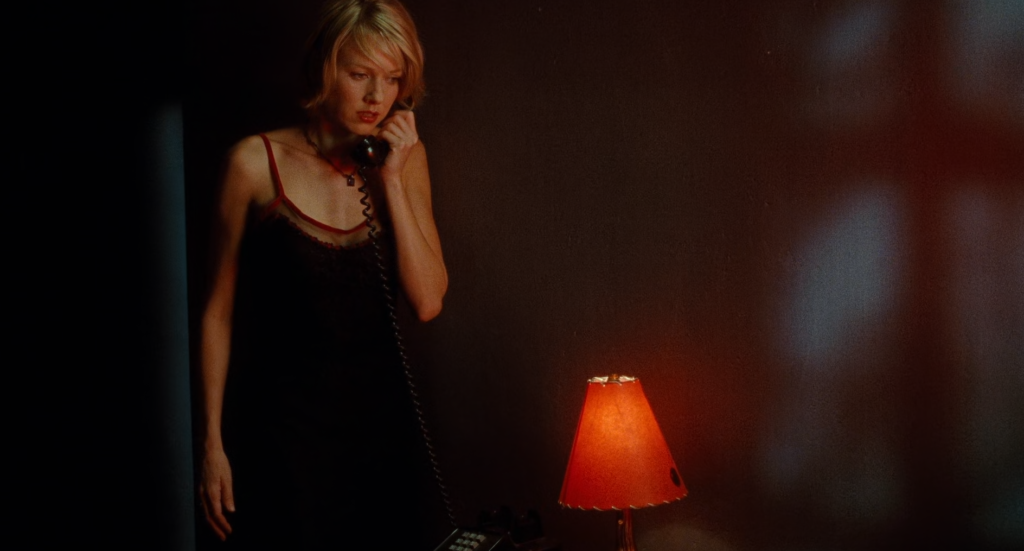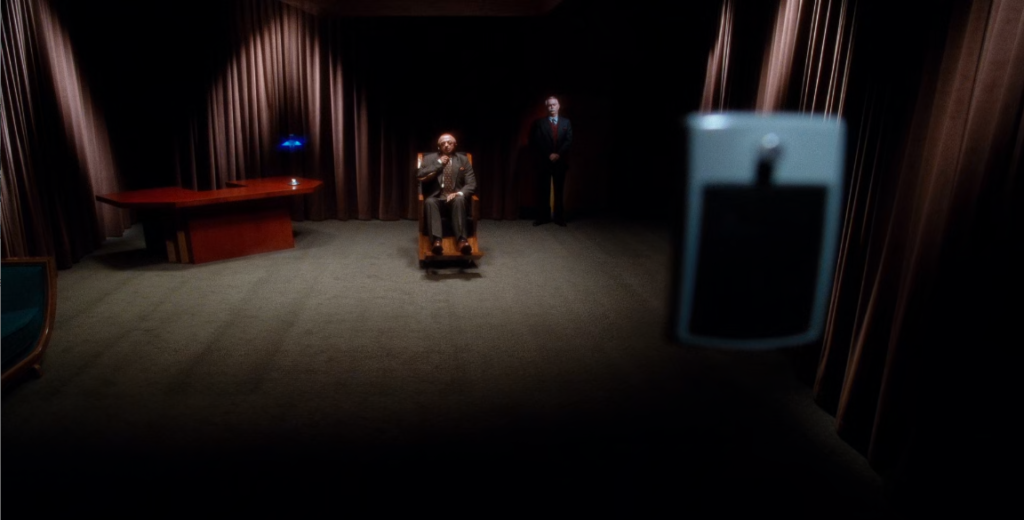uncanniness: shown through the deformed man who gives an off-putting vibe to the scene. This matched with the low lighting creates an enigma of what the higher ups at Hollywood’s intentions are.

uses of doppelgangers: shown through Diane who is shown originally to be cheery to a more serious attitude as she discovers what she has done becoming a new person both emotionally and physically dressing more causally and having unkept hair.

ominous sound design: an ominous hum is used as the film closes to leave a big impact upon the viewer being suspenseful and thought provoking.
heightened performances: Shown through Diane and coco’s first interaction, they act overly positive to the point where it appears fake and unnerving furthering the point of the film being dream like building on peoples over glamorization of Hollywood.

themes of tarnished idealism: the idealisation of Hollywood is distorted throughout the film with Diane representing what peoples idea of Hollywood is being joyful and excited to become an actress before later on being portrayed as shady and leading to bad things happening to people like Diane calling a hit on Rita.

